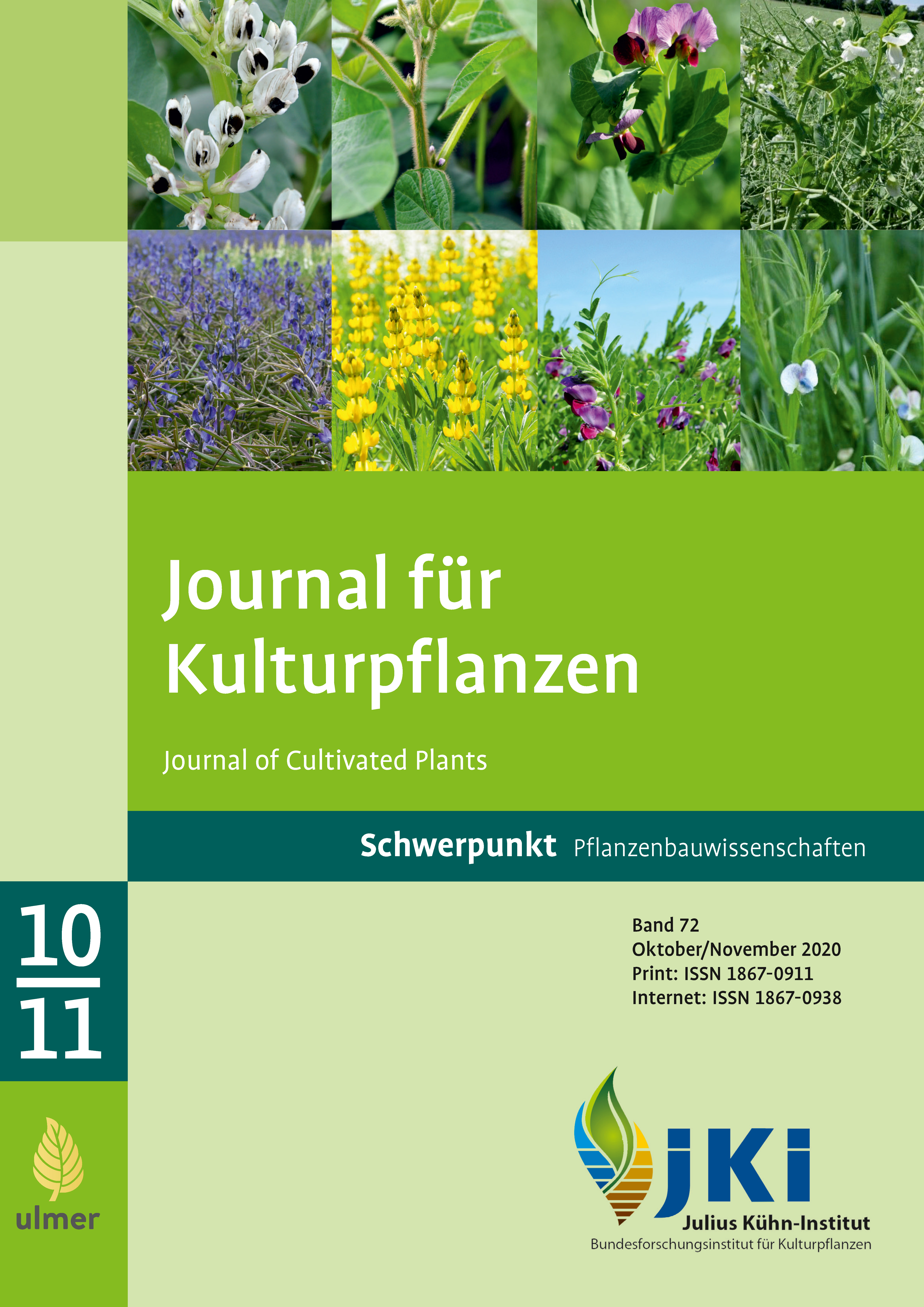Mitscherlich's slide method and what it has to do with geostatistics
DOI:
https://doi.org/10.5073/JfK.2020.10-11.03Keywords:
Mitscherlich design, Nearest neighbour analysis, geostatistics, block design, row-column designAbstract
The Mitscherlich design entails a systematic arrangement of the treatments in a single row of plots. This arrangement allows forming “sliding” complete blocks across the whole design, for which moving averages can be computed. These means capture spatial trend and may be employed for correcting the observed data. The method, which is known as “slide method”, does not have an underlying statistical model, meaning that the choice of best method for analysis remains an open question for these systematic designs. Furthermore, there is the question of the relative merit of a systematic design compared to randomized designs and that concerning the best method of analysis. These questions are of current interest because several long-term experiments laid out according to a systematic design are still in use today. In this contribution, we pursue these questions based on a newly proposed linear mixed model that can be thought of as underlying the slide method and which implies a linear geostatistical covariance structure. We also consider a two-dimensional extension of the Mitscherlich method, which von Boguslawski proposed under the term “response surface method”. Our results show that a systematic arrangement is indeed optimal under the assumed model. This should not be taken to imply, however, that a systematic design is generally to be preferred to randomized designs, because it is not to be expected that the model proposed here provides the best fit among the large class of geostatistical models to any given dataset. The advantages of a randomized experimental design are emphasized in the conclusion.
Downloads
Published
Issue
Section
License
The content of the journal is licensed under the Creative Commons Attribution 4.0 License. Any user is free to share and adapt (remix, transform, build upon) the content as long as the original publication is attributed (authors, title, year, journal, issue, pages).
The copyright of the published work remains with the authors. The authors grant the Journal of Cultivated Plants, the Julius Kühn-Institut and the OpenAgrar repository the non-exclusive right to distribute and exploit the work.







